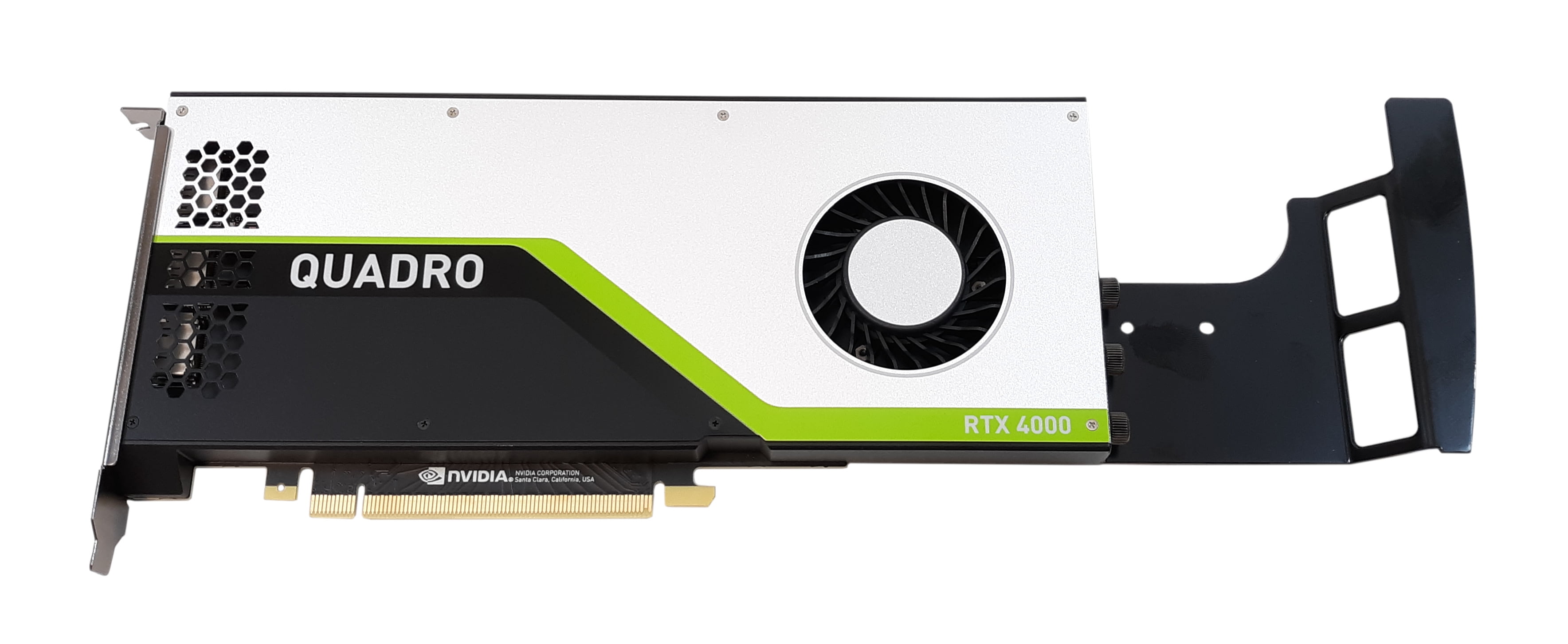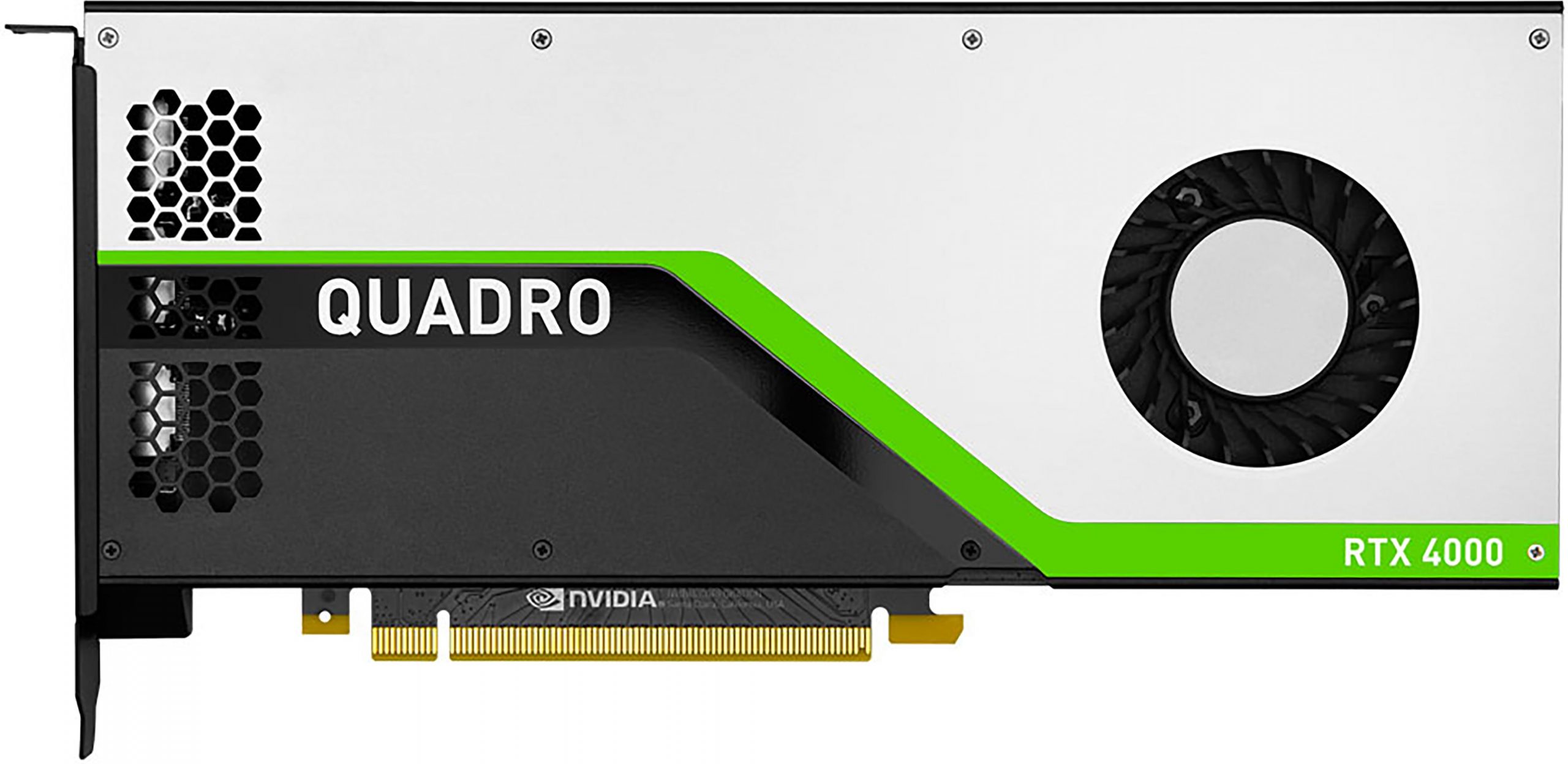

Quadro RTX still has thousands of CUDA cores, so it can do all the things that Pascal and Maxwell could do (albeit faster) but it also features two additional sets of cores - RT Cores, which are optimised for ray tracing, and Tensor Cores, which are optimised for deep learning. Previous generation Quadro GPUs, such as Pascal (Quadro P2000, P4000 etc.) and Maxwell (Quadro M2000, M4000 etc.), featured thousands of general purpose Nvidia CUDA cores which could be used for 3D graphics or other parallel processing tasks such as ray trace rendering or simulation. Quadro RTX is based on Nvidia’s new Turing architecture, which has been designed from the ground up for ray tracing and deep learning, a subset of Artificial Intelligence (AI). And these applications simply aren’t commercially available yet.īut before we get ahead of ourselves, it’s worth taking a step back to look at what makes Quadro RTX different to all GPUs that have come before.

NVIDIA QUADRO RTX 4000 FULL
Quadro RTX might finally be shipping but as it is a completely new type of GPU technology, it also needs special software to take full advantage of its ray trace rendering capabilities.

Nvidia had shown it could make photorealistic visualisation completely interactive and while there was almost certainly some smoke and mirrors, it was a massive advancement.įast forward six months and design viz artists can now start to see what all the fuss was about… well, kind of. Producing a single ray traced quality photoreal image used to take seconds or even minutes, but this was now being done in a fraction of a second on a desktop workstation, albeit one with two very powerful GPUs. The Unreal Engine demos, which featured shiny stormtroopers and a Porsche 911 Speedster concept car, were quite breath-taking. Ever since Nvidia unveiled its Quadro RTX ray tracing GPUs last year, the design viz community has been hotly anticipating their arrival.


 0 kommentar(er)
0 kommentar(er)
